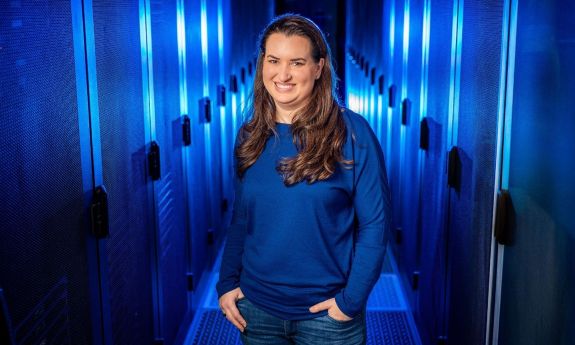Duke Launches Center for Computational and Digital Health Innovation
Duke University has established a new center that promises to transform the future of healthcare through technological advancements. The Duke Center for Computational and Digital Health Innovation aims to tackle the most pressing healthcare challenges by bringing together experts from various fields.

“We’ve created an atmosphere where truly interdisciplinary work can be done to address the toughest health care challenges,” says Amanda Randles, the center’s director and the Alfred Winborne Mordecai and Victoria Stover Mordecai Associate Professor of Biomedical Engineering at the Pratt School of Engineering. The center focuses on three key technologies: wearable devices, high-performance computing, and extended reality.
Interdisciplinary Collaboration
The center brings together faculty from the Pratt School of Engineering, Duke School of Medicine, Duke School of Nursing, and Trinity School of Arts & Sciences. This collaboration is made possible by Duke’s unique environment, where the School of Engineering is located across the street from the School of Medicine.
“Duke’s rich history of collaboration makes it the ideal place to bring engineering and medicine together to tackle the biggest problems in health care others simply cannot,” says Jerome Lynch, Vinik Dean of Engineering.
Pioneering Research and Education
Researchers at the center are already making significant contributions. For instance, Maria Gorlatova is developing augmented reality tools to assist surgeons, while Jessilyn Dunn is using wearables and computational tools to process health data into actionable indicators. The center is also committed to education, offering regular seminars and a newly approved certificate program for graduate students.
“We want people to understand how to use these new technologies,” Randles explains. “If you’re a clinician, we want to help you know the nuances of how to deploy AI and the pros and cons of using the tools; engineers need to understand real-world scenarios and where the technology could be applied.”
The center’s work represents a significant step forward in healthcare innovation, combining cutting-edge technology with interdisciplinary collaboration to address the most pressing healthcare challenges of our time.


